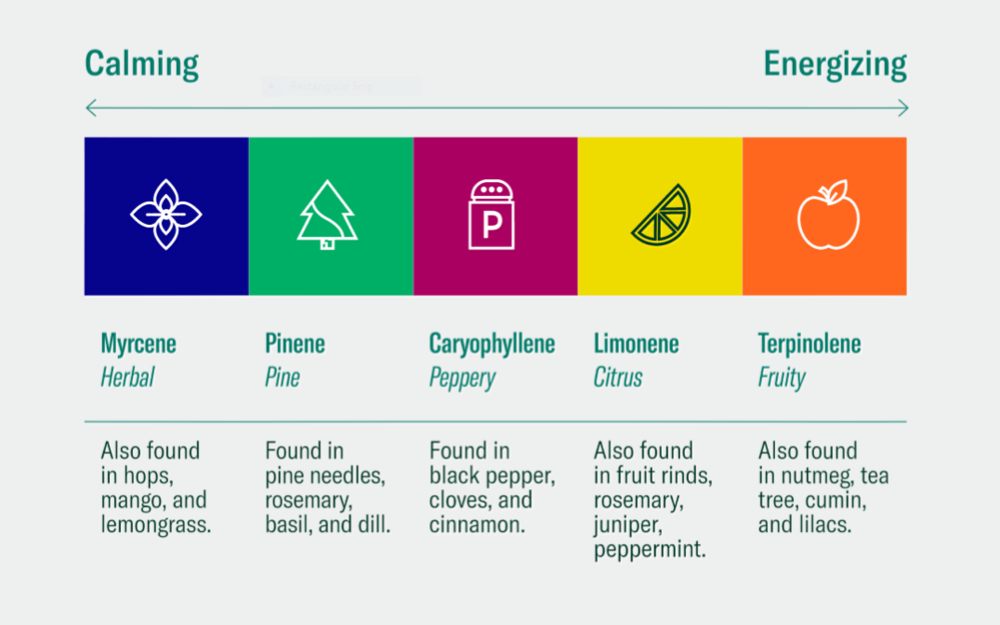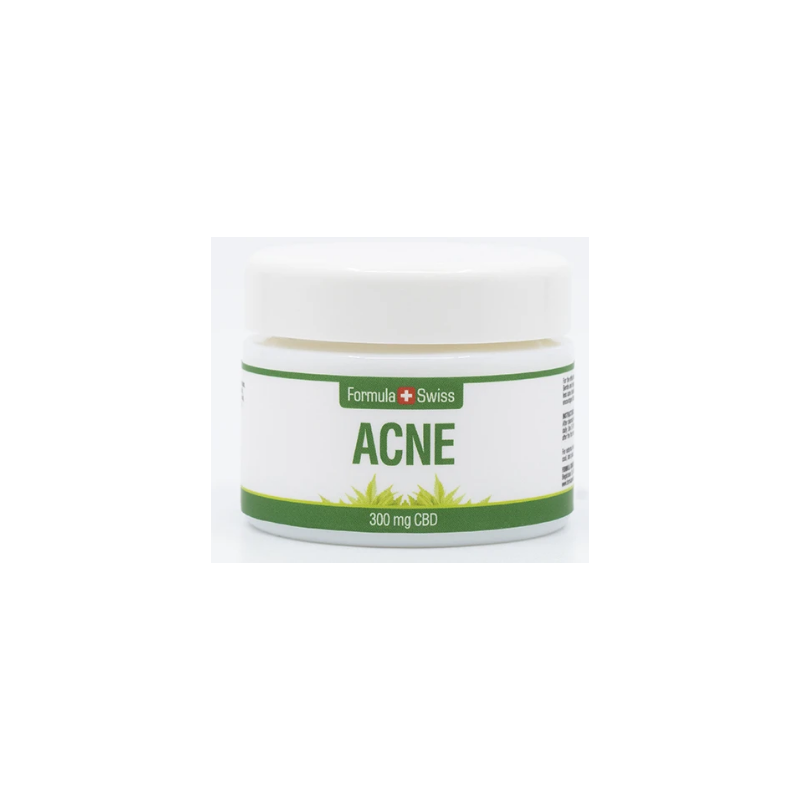
CBD patches are a convenient way to apply cannabis oil directly to your body. They make a great addition to full-spectrum oils. CBD patches may even help the oils last longer. CBD patches are safe for anyone with THC or ethical concerns because they do NOT contain THC. What are the CBD patches benefits? You can read on to learn more. And don't worry if you don't have insurance, because there's a patch for that.
Transdermal patches
You can quickly apply CBD to your skin using CBD patches. There are many benefits to CBD patches. However, there are also some drawbacks. Some people react to CBD. Even though most side effects are minor and non-intensifiable, it is a good idea to consult your physician before using any CBD products. Pregnant or nursing women and people on medication should not use these patches. CBD patches are not recommended to people who have sensitive skin or a history sensitivity to chemicals.
The most popular way to administer CBD is through transdermal CBD patches. The patches deliver CBD through the skin's layer to the bloodstream. Because they don't undergo digestion, the active CBD may be more effective in reaching various parts of the body. The effects of CBD can last for up to 48 hours. It's an excellent option for people who want to use CBD on a regular basis.

Matrix patches
CBD patches differ from other ways to take the cannabinoid. These patches contain CBD embedded in a matrix that is then infused in an adhesive. CBD is able to move from a high concentration area to a lower concentration zone when the adhesive contacts the skin. The recommended dosage is determined by the amount of CBD and its size. Although matrix patches may not be as effective as capsules for CBD, they can still provide high levels of CBD.
Reservoir patches have a permeable membrane, which allows for the cannabis oil's release from the patch. Reservoirs patches are more effective because they allow for finer dose control. The reservoir patches slowly release the CBD. In contrast, matrix patches release the CBD at a tapered rate. Both methods are effective but not all. There are several reasons to choose a reservoir area.
Reservoir patches
Reservoir patches for CBD contain small amounts of the active ingredient in a controlled, slow-release form. They come in five different layers and evenly distribute the active ingredient. The first layer of the patches contains a higher concentration drug. This gradually releases the drug as the concentration gradient reaches equilibrium. A reservoir patch can be worn for days or even weeks. A reservoir patch can be discreetly worn for days or even weeks. It's an ideal choice for CBD patients who need a steady and controlled dose.
Reservoir patches contain the cannabinoid-rich concentrate within a gel reservoir. The mixture is then released by a membrane. This membrane prevents the body from absorbing too much and provides a steady dose. Some CBD patches can last for up to 8 hours while others may last as long as 96 hours. Pure Ratios and PureKana sell Hemp Bombs that can be used for short-term purposes.

Hemp oil-infused patches
Hemp oil-infused hemp patches are now available on the market. They contain 60 mg of CBD per patch and give you continuous access to cannabinoids. They are made out of hemp extract and other ingredients, such as sunflower lecithin or eucalyptus or synergistic olive oils. CBD patches can be purchased online, but Mary's Elite transdermal patch is now unavailable. While there are many hemp oil-infused patches on the market, these two are the most popular.
The hemp patches resist sweat and water. The hemp patches contain a mix of hemp extract and organic oils such as arnica, rosemary, lemongrass, and menthol. These hemp oil-infused patches are not only rich in CBD but also include ingredients such as hydrogel. The hydrogel allows CBD to penetrate the skin and makes it possible to easily reposition the patches when needed. These hemp patches also contain vegan glycerol and broad-spectrum cannabis extract.
FAQ
Is the CBD industry on the rise?
Yes. As legalization spreads throughout North America, this growth is expected continue. Canada is the only country that has legalized recreational use of cannabis. Many states have also passed medical marijuana laws.
As more states adopt legislation that allows medicinal marijuana access, this trend is likely to continue at least for the next decade.
The legalization of marijuana also makes sense from an economic perspective. Legalizing pot has many other advantages, including a new market that is lucrative for farmers.
For example, it could help reduce crime rates by reducing the availability of illegal drugs. It could also be a source for tax revenue.
People may choose to drink less alcohol as legal marijuana becomes more popular. This would lead to fewer hangovers as well as lower health care costs.
Patients with chronic pain might find that marijuana actually helps to improve their quality-of-life. Many people believe that THC, the active ingredient in marijuana can relieve nausea and muscle spasms caused by chemotherapy.
It is possible that marijuana could be used to treat mental disorders such as anxiety or depression. According to some studies, marijuana can be used to treat schizophrenia.
Even though the CBD industry looks promising, there are still many challenges to be overcome.
Can CBD have a future in medicine?
The answer is yes. The answer is no, not because of its medicinal benefits, but because it helps people feel better without getting high.
It's a good alternative to prescription drug because you won't feel any different from when you take it.
As we have seen in studies, cannabis has been shown to be effective in treating pain, anxiety and depression.
Cannabis also contains cannabinoids which interact with receptors in our brains. This interaction produces feelings of relaxation and well-being.
So if you're interested in using cannabidiol (CBD) oil for health reasons, then it's important to understand what exactly it does and how it affects us.
Which states have the highest CBD consumption?
California, Colorado, Oregon, and Washington are the three top states. These states are home to large populations with high incomes and low unemployment rates. They also have higher concentrations of hemp farms than other states.
California leads because its economy relies heavily on agriculture. It is home to a large amount of fruits and vegetables. This is because cannabis is from the same source as hemp.
Oregon and Colorado follow closely behind as both states produce medical marijuana. California and Oregon, however, don't allow recreational use of marijuana.
Other states that rank high include Washington, New York. Florida, Illinois. Pennsylvania. Mississippi.
Which countries produce the highest quality CBD products?
The United States is home to the greatest number of CBD products.
Canada, Australia New Zealand, Israel, and New Zealand all produce high-quality CBD products.
How big is global CBD market size?
The global CBD market was valued at $US 3.5 billion in 2015, according to Euromonitor International. This is an increase of more than 10% compared to 2014.
This report predicts that the figure will rise to $US6.4 trillion by 2020, which is an average annual growth rate at 12%.
By 2020, CBD products will account for approximately half of all global hemp-derived products.
This includes CBD oils, as well other CBD products, including food, beverages cosmetics, pet care, and CBD oils.
Is the CBD market saturated or not?
CBD is seeing a steady growth rate of 25 percent annually. This growth is expected continue for at most five more years. The industry is expected to grow from $2Billion today to $5Billion by 2020.
Two companies currently dominate the CBD market - GW Pharmaceuticals & Canndoc Ltd. Both are focused on developing pharmaceutical-grade products. They have not been very effective so far. Both of them are having difficulty gaining traction in today's marketplace.
Cannabidiol (CBD) is an extract of cannabis that contains less than 0.3% THC. It does not have any psychoactive properties. It is used to treat epilepsy and other conditions. It is also used frequently as a dietary addition.
There are many different types of CBD products available. Some CBD products are made with whole plants extracts, others use CBD isolates.
All of these products share one thing: They contain low levels THC.
These products are legal under US federal law. But, you still have to adhere to local laws when selling CBD products. You should always verify your state's regulations for the sale of CBD products.
There are also several states that CBD products are prohibited. These are California, Colorado. Florida. Mississippi. Missouri. New York. North Carolina. Ohio. Oklahoma. Oregon. Rhode Island. South Dakota. Texas. Utah. Virginia. Washington.
CBD products are not recommended for people who live in these states.
Statistics
- As a substance that was federally illegal before the passage of the 2018 Farm Bill, hemp-derived cannabinoids with no more than 0.3% THC still face a regulatory grey area. (forbes.com)
- HR −16 mmHg; 95% CI −26, −6; I2 = 92%) (ncbi.nlm.nih.gov)
- The inhibition of FAAH is predicted to lead to an increase in brain and plasma concentrations of AEA, which acts as a partial agonist at CB1R and CB2R, thereby increasing endocannabinoid tone [92, 110]. (ncbi.nlm.nih.gov)
- A recent systematic review of human trials also reported that individuals with epilepsy receiving CBD (5–20 mg·kg−1·day−1) were more likely to experience decreased appetite than those receiving placebo (i.e., ~20 vs. 5% of patients) (ncbi.nlm.nih.gov)
- The use of these products is likely to become even more widespread if the World Health Organization's recommendation that CBD no longer is scheduled in the international drug control conventions is adopted by the United Nations member states [201]. (ncbi.nlm.nih.gov)
External Links
How To
How to Get Certified To Sell CBD Products
CBD (cannabidiol) is one of the hundreds of cannabinoids found in cannabis plants. It has been used medicinally throughout history. This includes in South America, China, India and China. Because it can treat conditions such as anxiety, pain, epilepsy and inflammation, CBD has seen a rise in popularity over the years. The U.S. does not have an official certification program yet for CBD products. Therefore, anyone wanting to make a living selling CBD products must rely on their "unofficial" self-certification.
There are two methods to do this. The first way is to join an association of local cannabusiness owners. You can get support and advice from other members while learning from them. There are currently many associations across the country. Second, you can go online. Many states allow canna businesses to operate online. If this is the case, then you can establish your own website immediately and start accepting orders. However, registration is required with your state Department of Public Health. Once you have registered, your state's Department for Public Health will issue you a license. After receiving your license, you are legally allowed to open a store and start accepting orders.